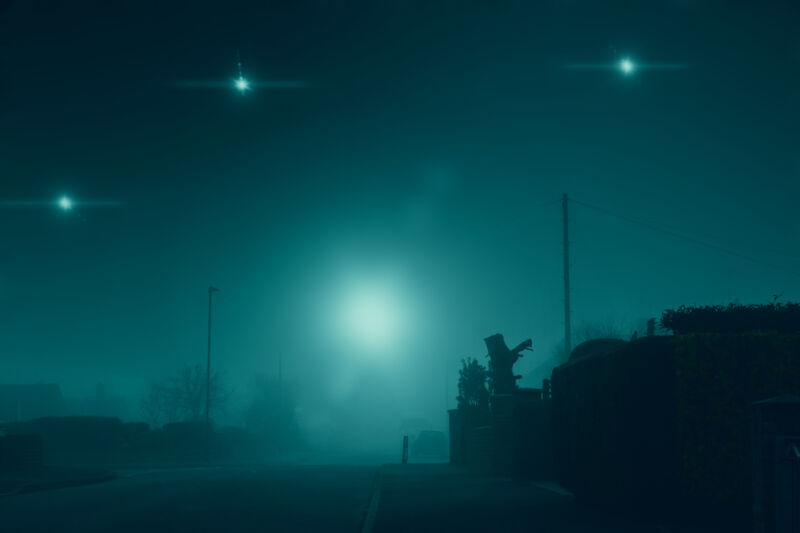
On Thursday, NASA announced it's going to start working on a report about unidentified aerial phenomena (UAPs), which are more commonly referred to as UFOs. The goal of the report isn't intended to draw any conclusions about their identity (or identities); instead, its goal is to figure out what data NASA either already has or could gather that would help us understand what they are and subject them to scientific study, if possible.
Although lots of the interest in UFOs is anything but scientific, NASA is putting this initiative in its Science Mission Directorate, and Thomas Zurbuchen, the head of that directorate, took part in a press call announcing it. The "UAP" nomenclature used in the announcement is important from NASA's perspective, in that there's currently no indication that any of the unidentified things we've observed are flying in any sense—they could easily be optical illusions or natural phenomena.
Zurbuchen made it clear that NASA doesn't expect to have any answers to the question of the identity of UAPs when the report is released in a year or so. Instead, the goal of the effort is to figure out how, in Zurbuchen's words, to "take a field that is data-poor and make it into something that's data-rich." He noted that NASA performs a lot of observations of Earth's atmosphere in a variety of wavelengths, so it may potentially already have data that can help determine what's going on if we could identify how to pick out the right data. Alternatively, if the report identifies that new sensors are needed, then NASA is well-positioned to build and operate them.
Zurbuchen said that UAPs were a good fit for NASA's Science Directorate for a number of reasons. The first is that it's entirely possible that there are unidentified atmospheric phenomena that would be interesting to study scientifically. To give a concrete example of this, we can look at the fact that we only determined that lightning produces antimatter in our atmosphere about a decade ago. Studying UAPs has the potential to provide similar revelations.
If these do turn out to represent new phenomena or unusual instances of known phenomena, then understanding them could have implications for another of NASA's roles: aviation safety. Finally, on the off chance that some of these phenomena represent visits from another planet, Zurbuchen reminded everyone that NASA has a very active astrobiology program.
So, what will the new report entail? The group that will put it together is being headed by astrophysicist David Spergel, who's currently president of the Simons Foundation. Spergel said the project would "start by figuring out what data is already there, then think about what additional data we might want." He also noted that there may be several phenomena behind the strange things we've seen, so it may be that the "additional data we might want" ends up being pretty broad.
The current plan is to start the process of preparing the report in the autumn, with the expectation that it can be completed in about nine months. The effort will be distinct from the ongoing UAP work at the Department of Defense, though NASA's announcement suggests that it consulted widely across government departments before starting this process. At this point, the effort does not come with any guarantee that NASA will fund any efforts to close the gaps in the data it identifies.
reader comments
119